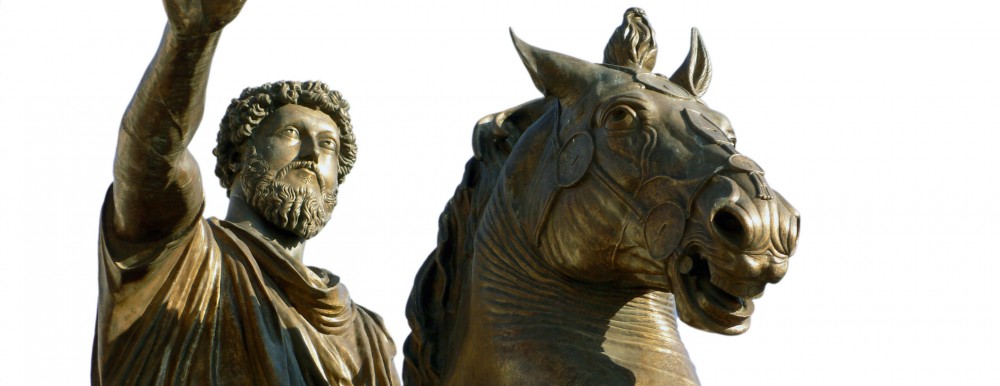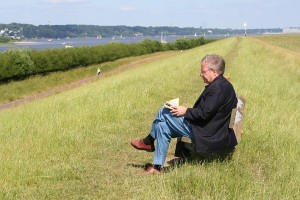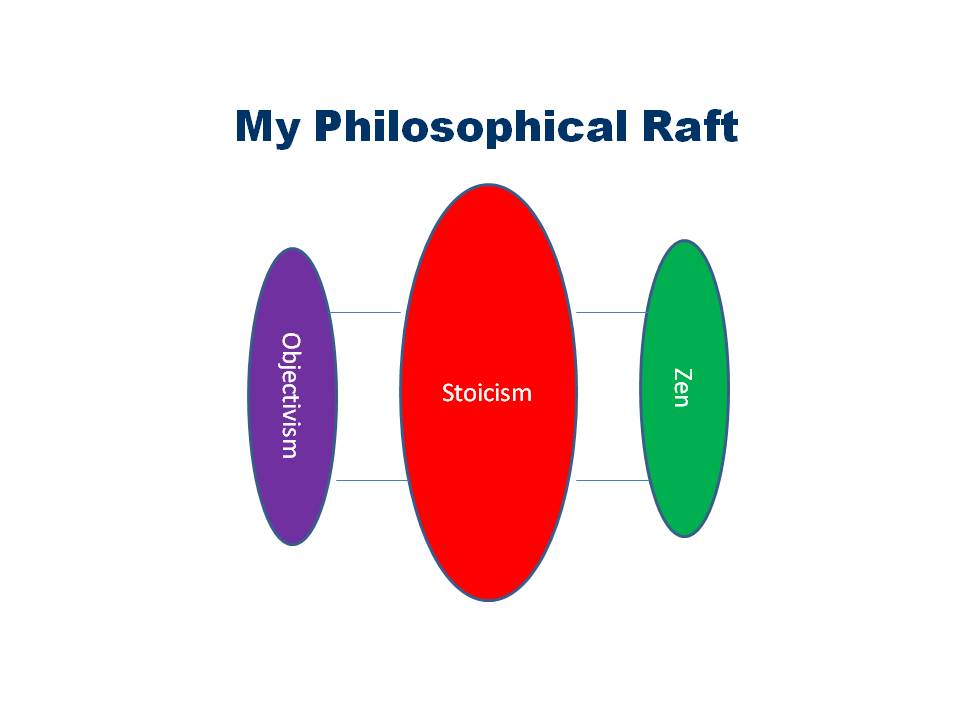Siddhartha Gautama, let’s call him Sid, was disenchanted with his life. More precisely, Sid was dismayed with the condition of life in general. You see, Sid was a prince. He was tended to by many servants whenever he needed them. He was protected by his father (the king) from seeing the dreary world outside the palace. Yet, Sid inherently longed to explore outside the walls. He knew the world that had been manufactured for him was a lie. Even with all the protection, and all the effort to make his life worry-free, he began to notice suffering. He knew that truth started by looking at the world as it is, both good and bad.

Living in this palace might be nice, but would it bring happiness?
When he began exploring outside the palace walls, he really started to see grief, suffering, and sickness. If he had waited long enough he would have seen even more suffering within the palace walls. Servants would have been missing. Why? From death, sickness, unhappiness with their job? His father would have eventually died or become sick. Others he loved could have been cross for no apparent reason. Sid might have taken a false step on a set of stairs, and he could have fallen and broken his back. The fact that the story of Sid, who would become the Buddha, implies that he had to leave the palace to find real suffering makes me believe there is some amount of fairy tale to it. The departure from the palace is required as an allegory or parable to symbolize that we have to “see” everything to understand. Nonetheless, the story makes the point that no amount of veneer on life can cover up the fact that it is “nasty, brutish, and short” (Thanks to Hobbes).
I have gone through Sid’s story before. You can read it here. He went out to try and find the truth, to be enlightened. At first, he came to the conclusion that since he was not happy with all his riches, he should renunciate luxuries to find true happiness. He became an ascetic, and he lived on virtually nothing. But I think he realized that living on barely anything is barely living. Furthermore, because he was starving he lacked energy to see and think. It wasn’t until he received nourishment of goat’s milk (see page 32 here), nearly dying, that he found the energy to realize the Four Noble Truths.

This young goat needs nourishment. You do, too.
By experiencing both extremes, Sid realized that neither was appropriate for a virtuous life. For this reason, I think, his enlightenment (his discovery of the truth of virtuous life) necessarily was defined by The Middle Way. In other words, Buddhist morality is one of moderation while realizing there are luxuries and deprivation in life. When The Buddha realized this, he found true richness in life
This is not so different from the Stoic view that I previously addressed in my last post. The Middle Way is the Stoic Way as well.
To me, it makes a lot of sense, and it has worked for many years in my journey. As always…
““Do Not Seek To Follow In The Footsteps Of The Wise. Seek What They Sought.”–Basho













